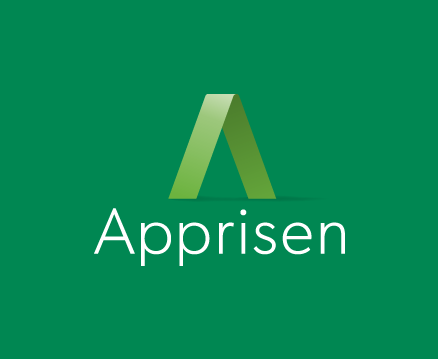by Libby Ludwig
As a parent of two young children, I’m all about spending my time with maximum efficiency. We have morning routines down to 5 minute increments and I know just how long it takes to heat water in my pot for pasta so that I can time the whole dinner to be hot at once and on the table at 6:45pm. But when it comes to paying bills, and particularly credit card statements, it’s well worth spending an extra 5 minutes to understand what’s happening with your money. Here’s 6 quick things to review before you write that check or transfer funds over this month:
Mailing Address
If you get paperless statements, check to make sure your mailing address is listed correctly. It’s easy to forget to update when you move, but if they ever need to reach you (say… for some gift cards for your points?) then you want things to not get lost in the mail. Plus, it’s just sound policy, ensuring you haven’t been a victim of identity theft.
2. Transaction History
Give a quick visual stroll through your transaction history to make sure it looks correct. Any missing payments? For example, daycare’s payment didn’t clear before the 31st so you’ll need to account for it twice this coming month? Is there anything that’s NOT yours or that is duplicated and needs to be corrected?
3. Your Balance
Check your balance as compared to the limit. The balance is almost always listed in the box at the top left of the statement, but every creditor lists it slightly differently. The credit limit/credit line is usually listed just below it. For your credit score, you want to always keep your balance under a third of your limit, but lower is always better. If you find you’re regularly reaching more than a third to half your limit you should consider that a warning flag. Even if you’re paying the card off in full every month, you’re not maximizing your score’s potential (and we can talk about how to up your credit paying techniques!)
4. Interest Rate
The big one. Check out your interest rate. It’s called the Annual Percentage Rate or APR and with the exception of Capital One, it’s usually tucked into a box on the second or third page. We all know lower is better, but the other thing I always look for in these boxes is whether a low rate is just a temporary promotion. When the promotion ends, what will the rate go up to, and was the interest deferred and coming back? Many store cards (Synchrony in particular) have deferred interest which can drastically increase your balance and therefore your payment once the promotional rate ends if you don’t pay the balance in full within that time-frame.
5. Account Summary
Now, pulling it all together. The account summary in the big box on the first page. Your previous balance shows what you owed last month. Then they subtract your last month’s payment, add back any interest and fees, add any new purchases of course, then give you the big drum-roll final balance for this month. I think it’s always interesting to see how much interest they charged compared to your payment. It’s not uncommon for $150 of a $200 payment to go to interest, meaning you’re only chipping $50 into the principle balance on the card monthly. This is why paying more than the minimum gets debt paid off exponentially faster.
6. Minimum Payment
Last but not least… double check your minimum payment owed and when it’s due. If you don’t have a reminder set somewhere, do it. Set an alarm on your phone. A note in a bright color on your desktop or wall calendar. It’s frustratingly unnecessary to pay a $37 late fee when you have the funds in the bank, but just because you forgot to make 3 clicks to send your payment. Or if you can, set up automated payments.
Reading through the information on your credit card statement is one component of understanding your credit. If it’s overwhelming to pay off that high-interest credit card or to improve your credit score, we can help. Our certified Financial Service Specialists are experienced in helping people understand and improve their credit report. Check out our Credit Health Education Session page to learn more.
Share this article

